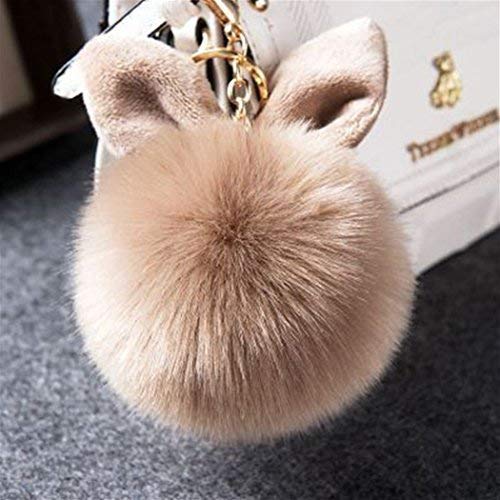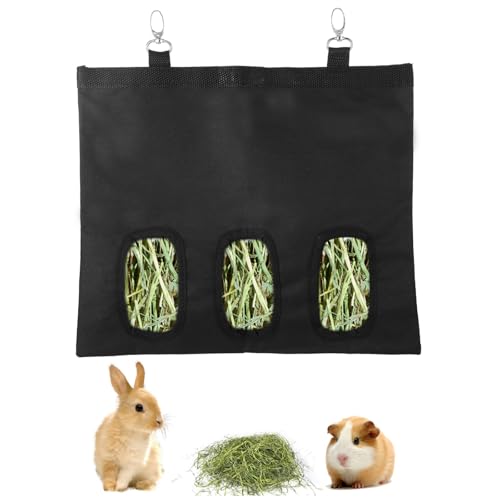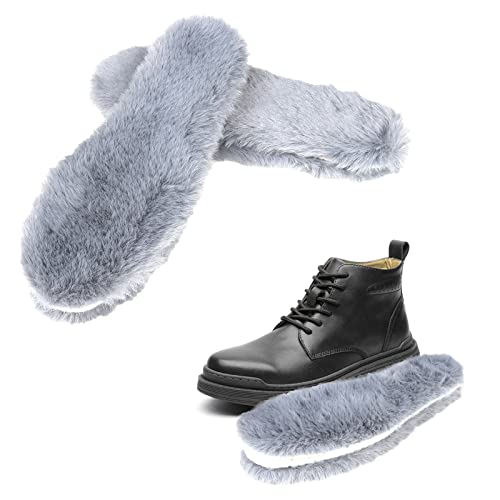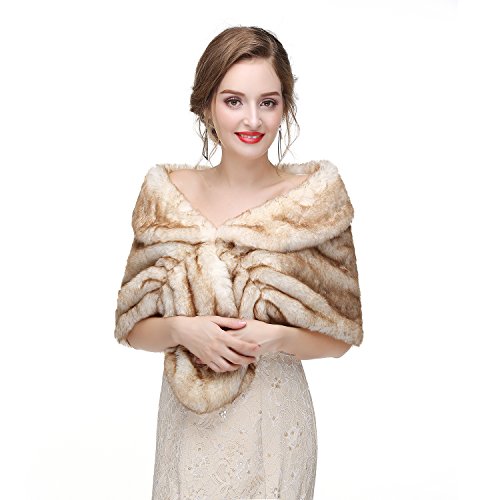SatinsRule":3ajtglxe said:
And FWIW to anyone who cares, Californian rabbits are geneticslly speaking, a black rabbit. They possess a heat-sensitive gene which allows the extremities to remain black while the warmer parts of the body turn white. If you were to shave a section of their coat and apply a cold compress to it continually until the fur reappeared, a solid black patch would be found under the compress.
Regardless of its genetics, though, Cal rabbits in any breed are impressive critters to look at when they're in their prime.
I was taught that the temperature sensitive gene found in Cals, Himis and other pointed critters actually reacts to cold....the coldest parts are what will develop the darkest color and the warmest parts will stay white.
"The ch allele is also known as the himi, himalayan or pointed allele. Genetically it is sometimes referred to as the ch1 allele. It is partially dominant to the “c” allele, completely recessive to the “C” allele and “chd” allele and partially recessive to “chl” allele. This allele
removes all color except at the points (face, ears, feet and tail). This allele is the allele responsible for Californian and Himalayan color patterns."

































